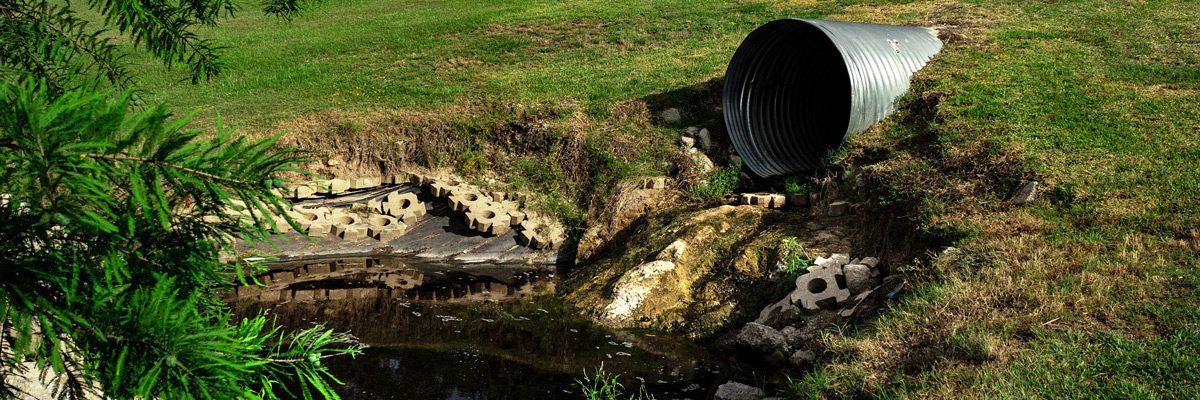Of course Illinois has already gone for wind in a big way so I should not complain. Well I could complain about Sangamon County because of its stupid rules about wind turbines. That is for another time. For now, how glorious it would have been talking offshore wind farms in New Orleans? Over beignets no less.
Why Oil-Loving Louisiana Should Embrace America’s Coming Offshore Wind Boom
Why Oil-Loving Louisiana Should Embrace America’s Coming Offshore Wind Boom
The budding wind power industry is rich in jobs, and the people of south Louisiana are ready for clean energy.
Justin Nobel | Longreads | July 2017 | 16 minutes (4,000 words)
If you’re visiting New Orleans and want to see something truly amazing, take your beer or daiquiri to-go and walk a few blocks past the Superdome—you’ll find a school being constructed on an old waste dump.
“All the toxic chemicals from the landfill are still there,” says toxicologist Wilma Subra. This includes lead, mercury, and arsenic, exposure to which can lead to reproductive damage, and skin and lung cancer. Even more astonishing, Subra says hundreds of schools across Louisiana have been built on waste dumps. Why? Dumps represent cheap land often already owned by a cash-strapped town or city, plus serve as rare high ground in a flood-prone state. And this is just the beginning of Louisiana’s nightmare.
The risk of cancer in Reserve, a community founded by freed slaves, is 800 times the national average, making the community, by one EPA metric, the most carcinogenic census tract in America—the cause is a DuPont/Denka chemical plant adjacent to the town that annually spews 250,000 pounds of the likely carcinogen chloroprene into the air. If you think the situation in Flint is bad, there are approximately 400 public water systems in Louisiana with lead or other hazardous substances leaching into the drinking water. Meanwhile, hundreds of petrochemical plants peppered across the state’s lush swampy interior freely emit carcinogens, endocrine disruptors, and neurotoxins into the air and water, as well as inject them deep into the earth.
Perhaps it’s no surprise that Louisiana is ranked, according to different surveys, 47th in environmental quality, third in poverty, and 49th in education. Are you still gushing about your latest trip to New Orleans for Jazz Fest Presented by Shell, or French Quarter Festival presented by Chevron? “New Orleans is the best,” one visitor recently wrote to me, “you are so smart to live there!” But how smart is it to allow children to attend school built on toxin-laced waste? How smart is it to allow a community’s cancer rates to shoot off the charts? Louisiana is rich in culture, spirit, and faith, yet what type of state knowingly poisons its own people? What type of country stands by and allows it to happen?
While it is fashionable to critique President Trump for his scientific ignorance, science was misdirected long before Trump laid hands on it. It is time to open our eyes and see what is really going on in this world, to critique our society’s dinosaur methods, then step back and imagine what a new path forward might look like. It is with this aim that I begin a science column for Longreads. In my first story I’ll tour us through a land America should have never allowed to materialize—it’s what I’m calling the Louisiana Environmental Apocalypse Road Trip. As the Trump administration chucks environmental science out the window, evaporates industry regulations, and cripples agencies charged with protecting the environment, this tale is relevant for all Americans, because the poisoning happening in Louisiana could happen in your state too—in fact, it is probably already happening.
:}
Go there and read. More next week.
:}
